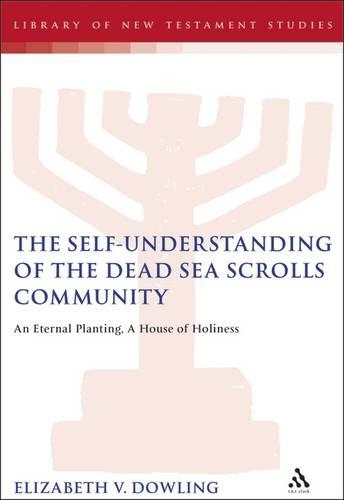
The Self-Understanding of the Dead Sea Scrolls Community: An Eternal Planting, A House of Holiness
(Hardback)
Publishing Details
The Self-Understanding of the Dead Sea Scrolls Community: An Eternal Planting, A House of Holiness
By (Author) The Rev. Dr. Paul Swarup
Bloomsbury Publishing PLC
T.& T.Clark Ltd
31st August 2006
United Kingdom
Classifications
Tertiary Education
Non Fiction
296.815
Physical Properties
Hardback
224
Width 156mm, Height 234mm
520g
Description
This is a study of two metaphors, 'an eternal planting' and 'a house of holiness', which were used extensively by the DSS Community in expression of their self-understanding. These two metaphors embrace a wide range of biblical themes which they appropriated for themselves. The sectarian writings and non-sectarian writings used by the community have been examined in order to bring out the theology behind these two metaphors. Each passage is compared and contrasted primarily with the Hebrew Bible to see how the text has been reworked or nuanced to suit its new context.
It is concluded that these two metaphors express the deep yearning of the DSS Community for a complete restoration of Israel, for a return to Edenic conditions as before the Fall, and for a temple which was pure. These metaphors contribute to the community's self-understanding of themselves as the 'eternal planting', or True Israel, the faithful remnant, who practised justice and righteousness and awaited the eschaton. They beleived that they were indeed a 'kingdom of priests and a holy nation'. They understood themselves to be a proleptic temple in advance of the eschatological temple to be built by God. They were also the true priests, functioning in God's heavenly temple carrying out the priestly ministry of atonement, teaching, intercession, and blessing. These two metaphors appear to be quite distinct at first sight, but on closer examination they are seen to convey many complementary theological ideas.
Author Bio
The Rev. Dr. Paul Swarup is an ordained Presbyter with the Diocese of Delhi, Church of North India and currently ministers at Christ Church, Noida. He teaches at the Vidyajyothi College of Theology, Delhi.
